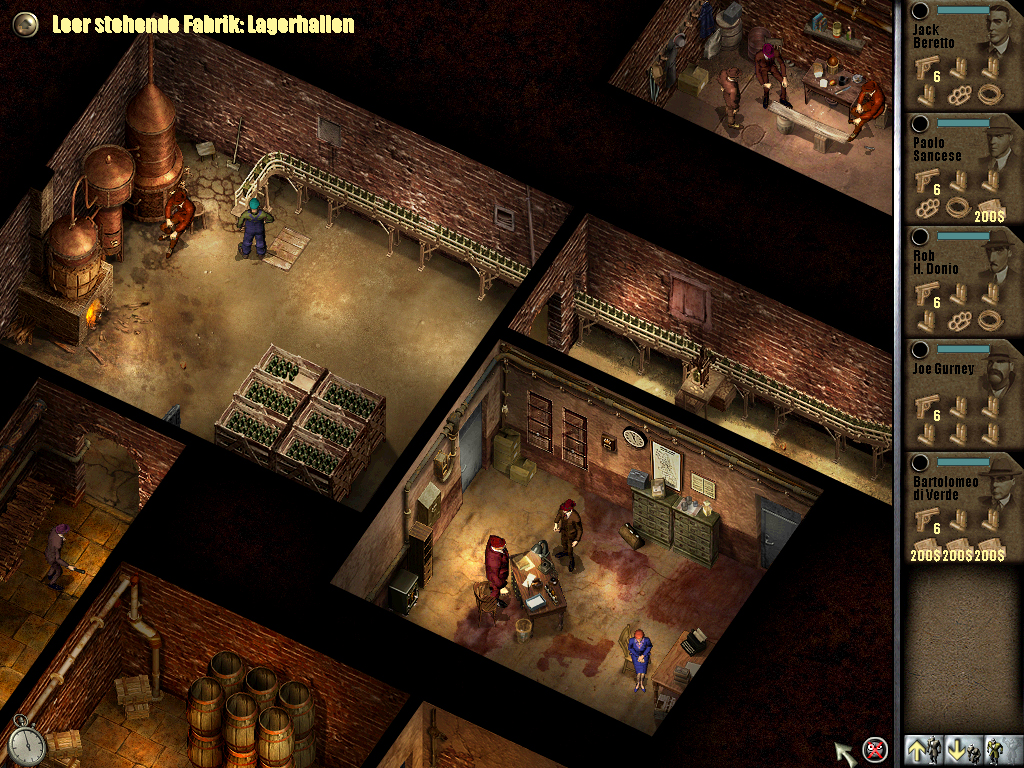


McKinley was named chairman of the board.

IP&L corporate offices were established in Chicago and William B. In 1923 North American Light & Power acquired Illinois Traction and then consolidated it with SIL&P, to form Illinois Power & Light Corporation (IP&L). By 1919 SIL&P had added more than a dozen communities to its service area when it was acquired by North American Light & Power Company, which had been formed four years earlier. In 1913 Southern Illinois Light & Power Company (SIL&P) was formed to consolidate the utility companies serving a few small communities east of St. Louis also became part of the Illinois Traction during its first few years, and by 1911 major steps had been taken to interconnect these lines. Several electric-powered rail lines, including those operating out of Peoria, Springfield, and East St. During the next 15 years, Illinois Traction expanded central Illinois operations and branched out into northern and southern portions of the state by acquiring utility systems in Bloomington, Normal, Jacksonville, Galesburg, LaSalle, Cairo, and Madison County. McKinley to bring together several heat, light, and power companies operating principally in the central Illinois communities of Danville, Champaign, Urbana, and Decatur. Illinois Traction Company was formed in 1904 by utility investor William B. The two Illinois holding companies, Illinois Traction Company and Southern Illinois Light & Power Company, were themselves consolidated by a larger holding company in the 1920s, giving birth to Illinois Power Company ’s first formal predecessor. Illinois Power Company ’s history can be traced to dozens of small, independent utility and transportation companies formed in the late-19th and early-20th centuries, and two Illinois utility holding companies created between 19 to consolidate the smaller concerns. Illinois Power has three belts of operation across the state: northern, central, and southern. It supplies electricity to more than 1.25 million subscribers in 309 municipalities and gas to more than 900,000 subscribers in 257 Illinois communities. The Illinois Power Company is the second largest provider of gas and electricity in Illinois.

Stock Exchanges: New York Midwest Boston Cincinnati Philadelphia The success of this idea will, undoubtedly, increase greatly the value of cars to city residents stimulate downtown shopping and speed up traffic, by clearing the streets of the numerous parked cars which often reduce the lanes of traffic to half their proper efficiency.Incorporated: 1923 as Illinois Power & Light Corporation A system now found all over Japan – the “ferris wheel” or paternoster system – was invented by Westinghouse in 1923 and introduced in Chicago on Monroe Street, between State and Dearborn:įor the 1933 Century of Progress World’s Fair, the Nash Motor Company created the first glass-enclosed parking system: The earliest such parking systems appeared in L.A., New York, and Chicago in the 1920s. They reduce pollution, too, because cars are not running, circling, idling in search of a space. Powered by electric motors or hydraulic pumps, they are actually less expensive per parking space because they use less ground and require less structure to be erected around them.
Power company chicago 1930 series#
But in the meantime, the car elevator was seen as a modern, space-saving solution.Īs the video clip shows, rotary lift parking systems operate like a Ferris wheel: cars are parked in suspended cages attached to a belt, one car at a time, the entire series of cars rotated until the next cage is at the bottom. The huge number of car commuters to Chicago’s Loop eventually meant the construction of countless parking garages and lots. The dawn of the automobile age was cause for anxiety – and innovation – in 1920s Chicago. ~ Everyday Science and Mechanics, January 1932 At the present time, a considerable number of potential car owners are deterred from purchase by the apparently unanswerable problem of parking their machines when at work or shopping, etc.


 0 kommentar(er)
0 kommentar(er)
